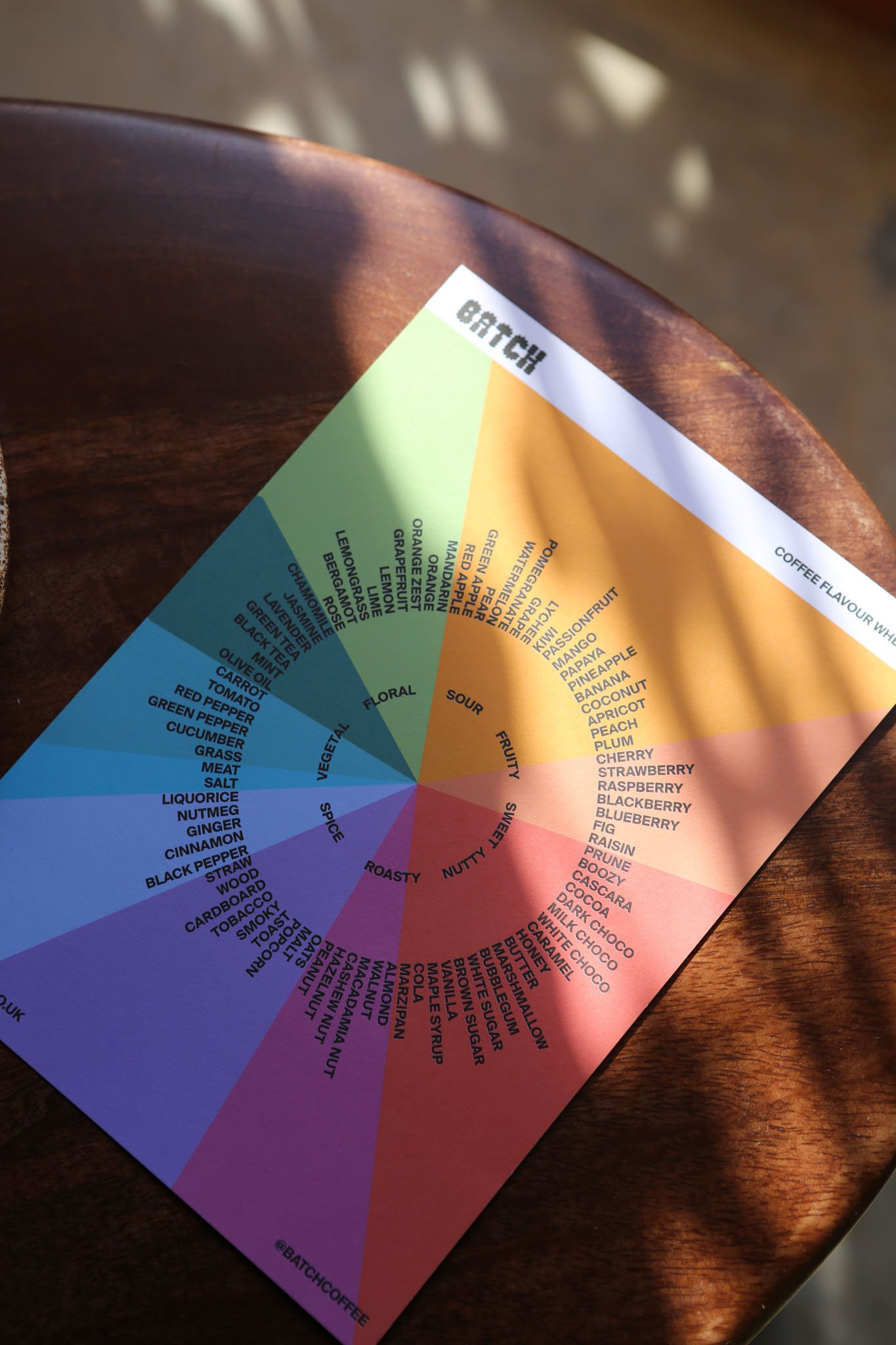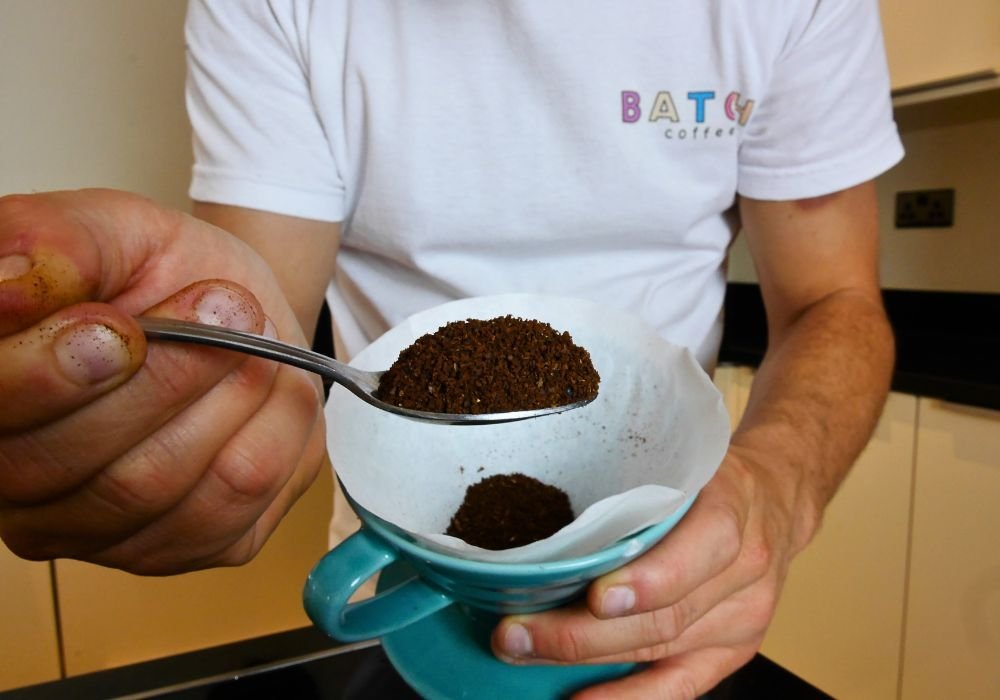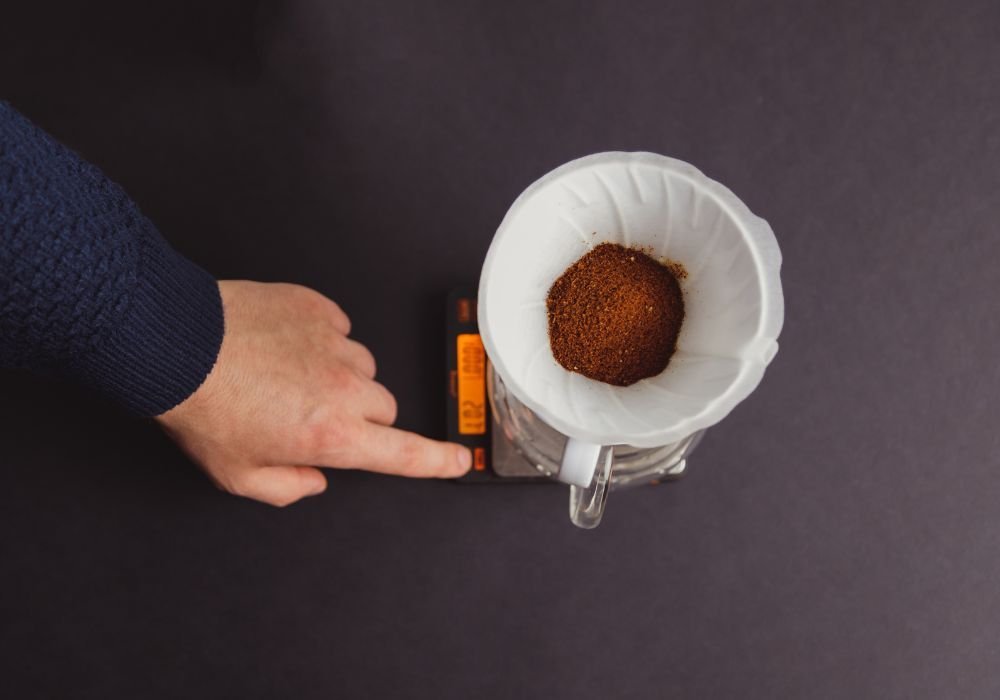Knowing how much coffee to dose in a pour over can be a little confusing. Let us help you out here.
How much coffee to use in a pour over?
Mastering the pour-over technique has become a beloved ritual for coffee snob like myself.
It’s all about precision and patience, yielding a cup that’s well worth the effort. I find that the key to a perfect pour-over is getting the coffee-to-water ratio just right.
Whether using a V60, Chemex, or Kalita Wave, the amount of ground coffee plays a crucial role in the extraction process, influencing both the flavour and strength of the brew.
Typically, I start with a standard pour over coffee ratio of 1:15 to 1:17 coffee to water for my pour-over. What this means is that for every gram of coffee, I add 15 to 17 grams of water.
Here’s a breakdown
1 cup – 18grams of coffee and roughly 300grams water
2 cup – 36grams of coffee and roughly 580grams water
However, this is not set in stone, I adjust depending on the beans and my taste preference on a given day.
For instance, a V60 might require a slightly finer grind and more precision with pouring technique, while the Chemex favours a coarser grind and a bit more forgiveness in the pour.
I reckon the beauty of pour-over is in its adaptability.
I’ve learned to consider the bean’s origin, roast level, and my desired flavour profile when deciding how much coffee to use. It’s always an adventure tweaking the variables and experimenting to find that sweet spot. And when I do, the reward is a cup that’s just right for my taste.
Basics of Pour Over Coffee
When I’m reaching for a smooth and flavourful cup of coffee, I often turn to the pour over method for its simplicity and the control it offers in the brewing process.
The essentials I need are freshly ground coffee, a filter, hot water, and my trusty pour over brewer.
For the grind, a medium consistency works best. I’m aiming for something similar to granulated sugar, which allows for a proper extraction without overdoing it.
A consistent grind means that each coffee particle is in contact with the water for the same amount of time, leading to a better flavour.
Water temperature is crucial. I aim for about 96 degrees Celsius. Too hot and it might burn the grounds, too cool and the coffee might be under-extracted. The right temperature allows me to extract the full range of flavours from my coffee grounds.
The filter comes next. Whether it’s paper or metal, it should fit my brewer well. I always ensure that it’s properly rinsed with hot water to eliminate any papery taste and to preheat my brewer.
Once everything’s ready, I start the brewing process. I begin with a ‘bloom’ pour, wetting the grounds just enough to let them release any gas trapped during the roasting process. Then, I continue pouring the water in a slow and steady spiral, giving time for the water to draw out the flavours as it passes through the coffee grounds and into my cup.









